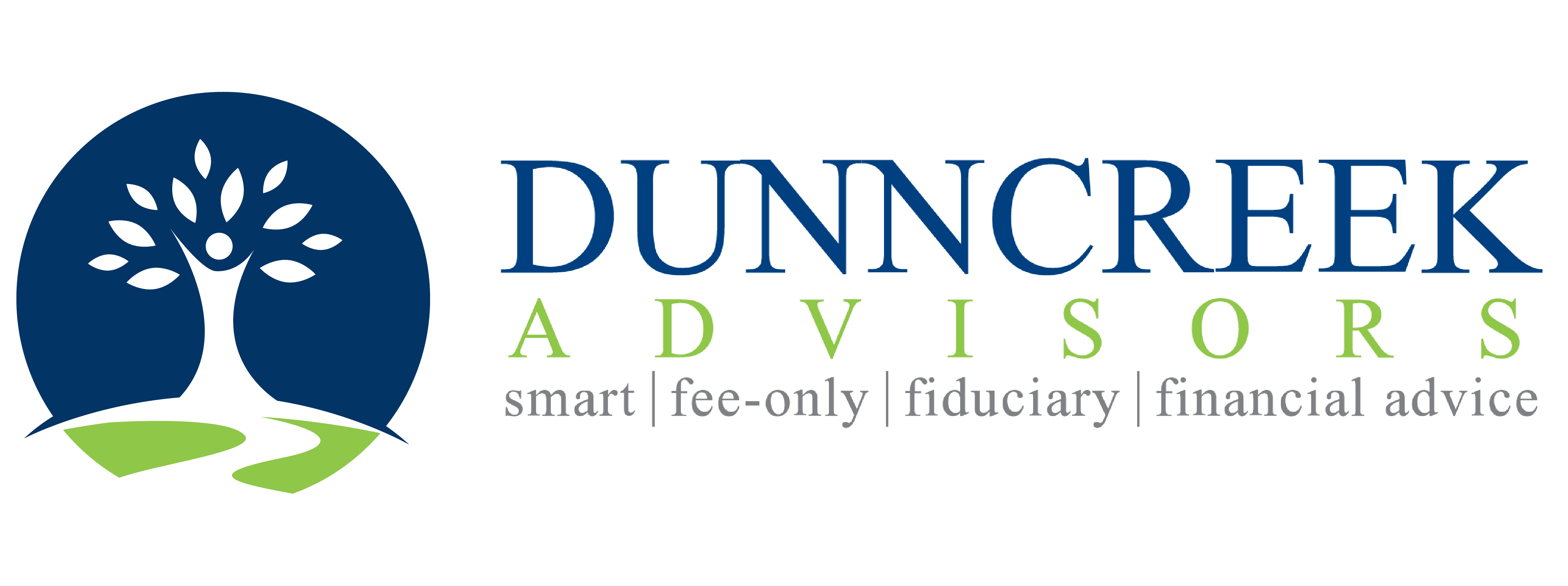Year end marks several important deadlines that you don’t want to forget. If you fail to meet these deadlines, you will lose out on the benefits for this year. Here are eight important tasks to take care of before Dec. 31, 2018:
- Max out your employer-sponsored retirement plan. If you still working you need to take the free matching funds from your employer. Usually saving 5 percent of your gross pay will qualify, but check with your human resources office. If you can, do the following:
- Max out the $18,500 of compensation you can save
- Save your money into a ROTH 401(k) account. You will not get a tax deduction this year, but you will never pay taxes on the balance in your Roth 401(k) account ever.
- If you are better than 50 years of age, you can add an additional $6,000 of catch-up savings.
- Be sure required IRA distributions are complete. This applies to those who reached 70½ years of age before January 1, 2018.
- Be sure to talk the required IRA distributions for deceased IRA owners. The IRS counts the entire year regardless of when during the year the owner dies. If heirs fail to take the correct distribution, the penalty is 50 percent of the shortfall.
- Complete 2018 qualified charitable distributions. Recent changes in tax law allows IRA owners and beneficiaries age 70½ and older can transfer up to $100,000 from an IRA to a qualified charity without income tax. But you must do it by end of the calendar year.
- Complete Roth IRA conversions. All transfers for an IRA or qualified plan Roth conversion must be complete by year end. The amount converted is reported as taxable income in the year of the conversion.
- Transfer your inherited 401(k). If you inherited a retirement plan in 2018, be sure all assets are transferred to an inherited IRA before year end. This will give you the option of stretching out distributions based on your lifetime. Failure to make the deadline will often require you to remove the money sooner and pay more income tax.
- Separate your inherited IRA. Be sure that an IRA inherited by multiple people in 2017 is split into separate accounts for each beneficiary by year end. That way each beneficiary can will be required to take distributions based on their lifetime. This will reduce the amount of the required distribution.
- Consult with your financial planner. Year end is a great time to take stock of the progress you have made this year and lay the groundwork for the new year to come. If you are working with a planner who is always an advocate for the client– a fiduciary advisor – and only works for the client – a fee-only advisor – you can be confident that the financial advice you get is focused on your best interests and is a good fit for your complete situation.
Don’t Have a Financial Planner?
I suggest you start by locating a CERTIFIED FINANCIAL PLANNER™ professional in your neighborhood.
CFP® professionals take a multi-faceted approach to your financial planning process that includes budgets, risk protection, retirement planning, investment management, taxes and estate planning. All these related aspects of your financial life are what really matter when it comes to reaching your goals.
A CFP® professional can help you create a financial plan that is driven by your goals and priorities and addresses all aspects of your financial life. With a big-picture approach, you will be better prepared to understand your options at every step along the way.
Yes, I am a CFP® professional. I’m always a fiduciary and I only work on a fee basis. And yes, I’m still taking on a few great families to be part of my financial planning practice.
If you want help with year-end financial planning topics, contact my office at rdunn@dunncreekadvisors.com. I am always happy to meet with people who are working on their financial plans. Dunncreek Advisors does not provide legal or tax advice, nor is this article intended to do so.


 What’s a Financial Planner Worth?
What’s a Financial Planner Worth?